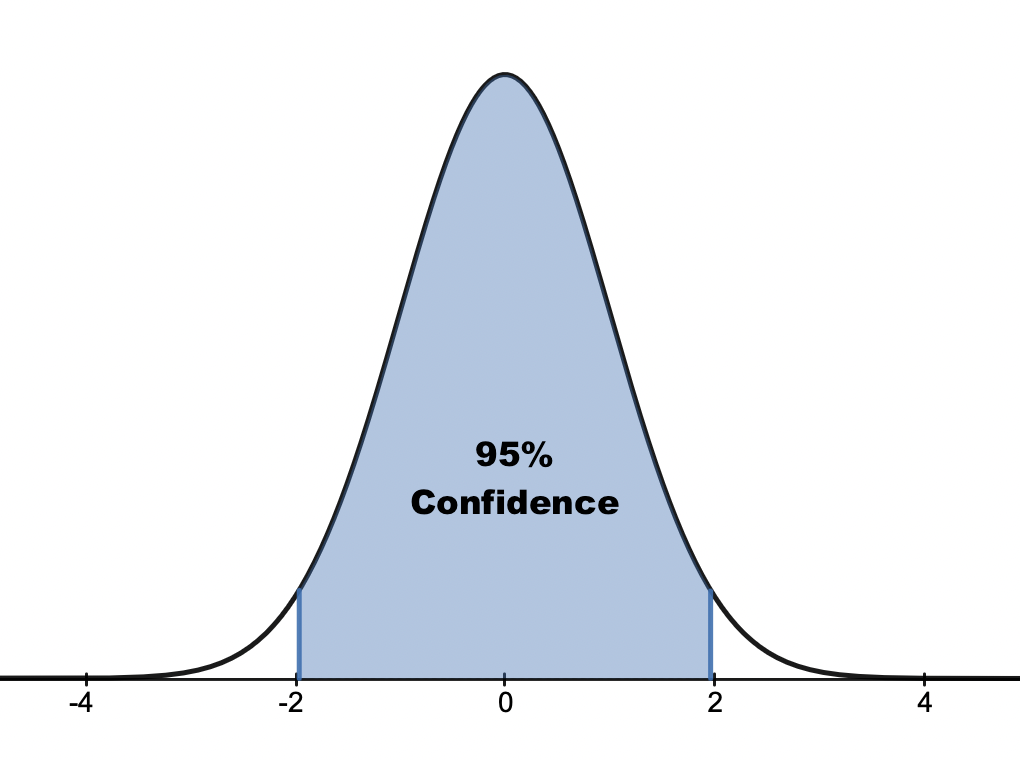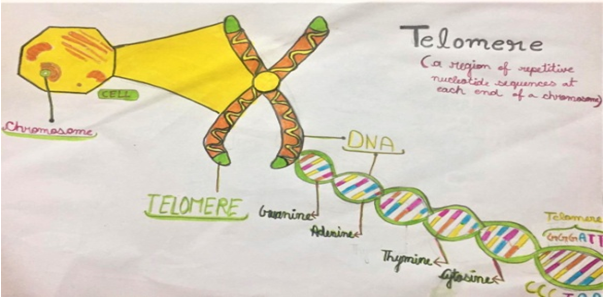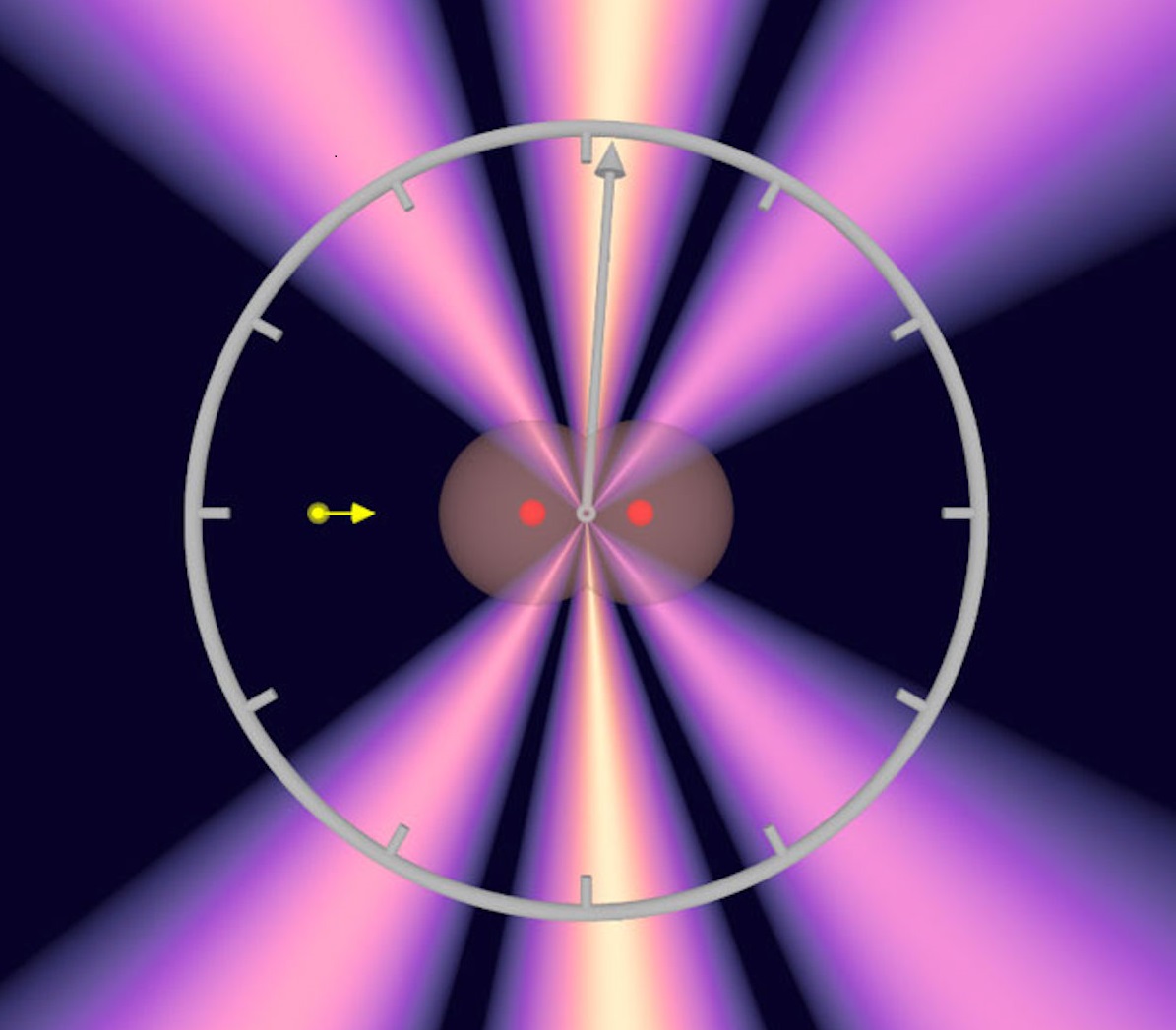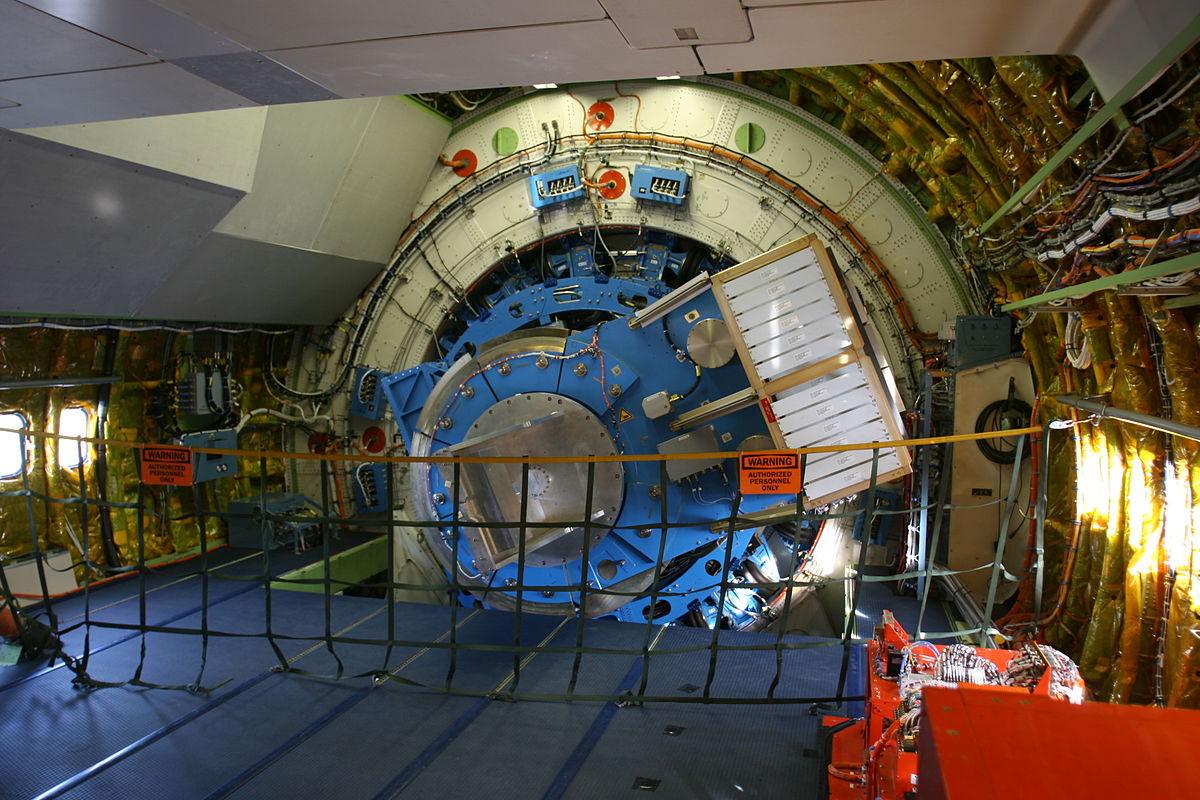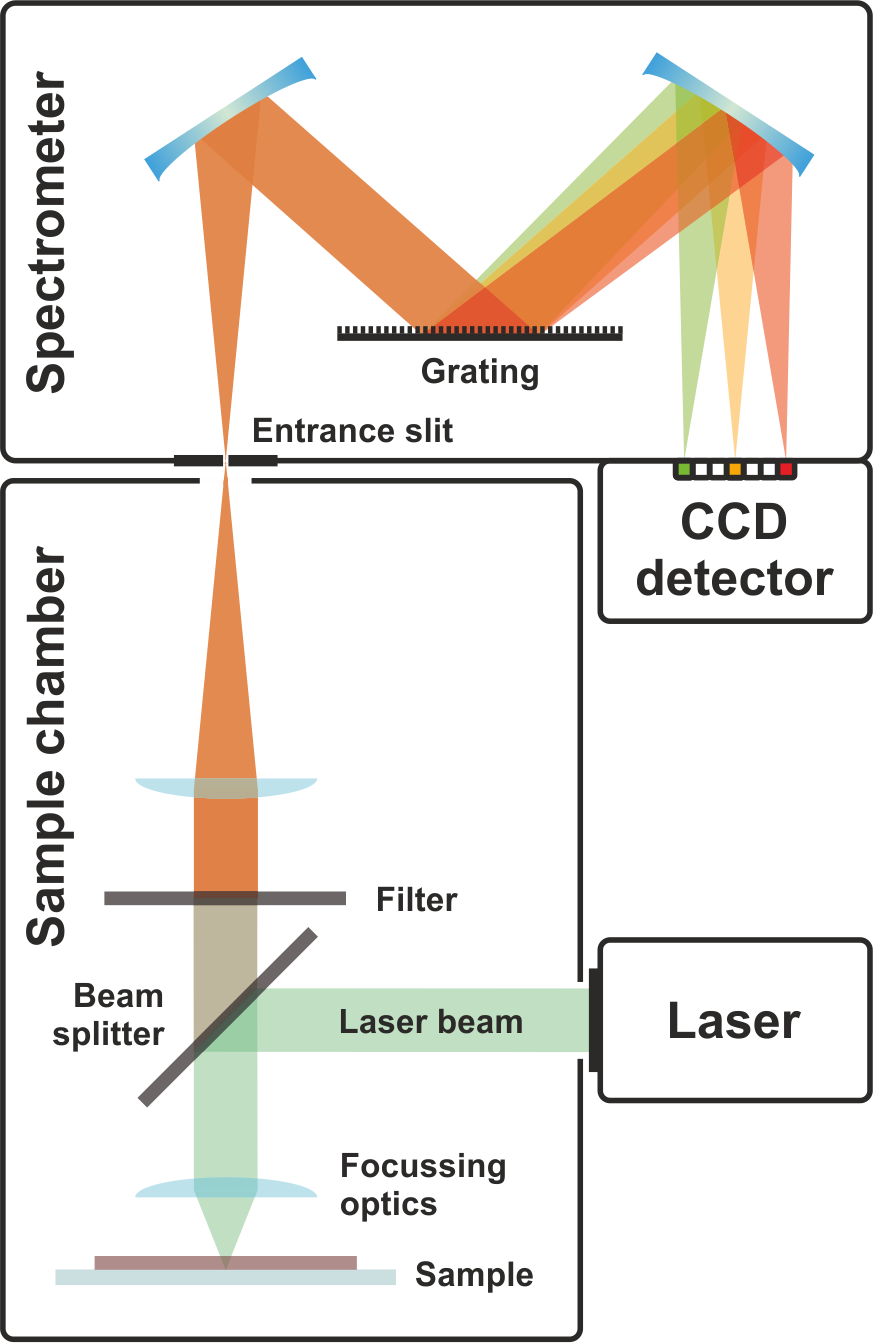
The phenomenon of Raman spectroscopy generally was first discovered by Sir Chandrasekhra Venkata Raman in 1928 using sunlight as the source of light, a telescope as a collector and his eyes as a detector. With further development in new technologies such as varieties in laser excitation sources, varieties in improved detectors, collimators, lenses, polarizer, monochromators etc, sensitivity of the Raman spectroscopy have enhanced tremendously and minute details of the spectrum exhibiting the nature of the sample can be examined.
In the initial stage, for achieving a highly monochromatic input light, development was mainly limited to the improvements in excitation sources. Various lamps such as Helium, lead, zinc and bismuth lamps were developed but due to their low intensities they were not considered fit for a variety of sample studies. Mercury excitation sources were first used for Raman spectroscopy in the 1930’s. Later a mercury excitation source s....Continue
